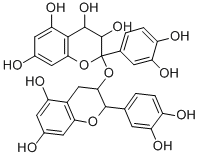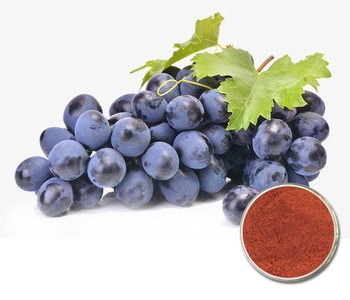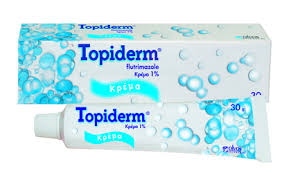Properties and Source of Procyanidins
Procyanidins are a large member of polyphenols derived from the condensed flavan-3-ol monomers that are widely found in plants and have a structure similar to anthocyanin. It has strong anti-oxidation activity and wide applications in food, medicine, cosmetics and other fields.
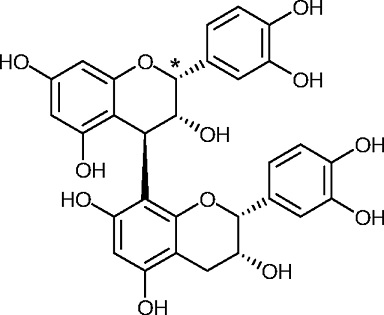
Physical & Chemical properties
Appearance
Generally, Grape seed Procyanidins extracts (GSPE) area deep rose to light brown red refined powder, and the oligomers are colorless to light brown. However, the appearance and color of grape seeds varies as their types and origin of place are different.
Tanning property
Procyanidins bind to proteins. In general, the combination is reversible. Proanthocyanidin-protein binding reaction is one of its most characteristic reactions.
Solubility
The oligomeric proanthocyanidin is easily soluble in polar solvents such as water, alcohol, ketone, glacial acetic acid and ethyl acetate, and is insoluble in weak polar solvents such as petroleum ether, chloroform and benzene. Polymer proeyanidins are insoluble in hot water, but soluble in alcohol or sulfite aqueous solution, equivalent to tannins that is insoluble in water and is customarily called "red powder". Polymeric proanthocyanidins with a higher degree of polymerization are insoluble in neutral solvents, but soluble in alkaline solutions and are also known as "phenolic acids".
Ultraviolet absorption
The maximum ultraviolet absorption wavelength of the grape seed extract proanthocyanidin aqueous solution is 278 nm. Due to the benzene ring structure contained in the molecule, it has strong absorption in the ultraviolet region. It can function as an "ultraviolet filter" and be used to develop the sunscreen in cosmetics.
Plant sources
It has been found that a variety of plants contain Procyanidins, including grapes, English hawthorn, peanuts, ginkgo, Japanese rohan cypress, North American thuja, blueberries and black beans etc. Grape seed is the main by-product of wine making, and it accounts for 65% of grape skin residue, and its polyphenol content can reach 5% to 8%.Among these polyphenols, proanthocyanidins have the highest content of polyphenols that can reach 80%. ~85%. Anthocyanins are widely found in the nucleus, skin or seeds of various plants.
Referrence
SCHEMEL, J.H. (1977) Manual on Zirconium and Hafnium. STP 639 American Society for Testing and Materials
(ASTM), West Conshohocken, PA.
THOMAS, D.E.; HAYES, E.T. (1960) The Metallurgy of Hafnium. Naval Reactors, Division of Reactor Development,
US Atomic Energy Commission.
WEBSTER, R.T. (1995) Zirconium and hafnium. In: ASM Metals Handbook, 9th. ed. Vol. 2: Properties and
Selection of Nonferrous Alloys and Special Purpose Materials. ASM, Materials Park, OH, pp. 661–721.
You may like
Related articles And Qustion
See also
Lastest Price from Procyanidin manufacturers
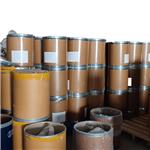
US $0.00-0.00/KG2025-04-15
- CAS:
- 4852-22-6
- Min. Order:
- 1KG
- Purity:
- 99%
- Supply Ability:
- 500000kg
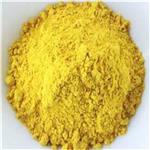
US $10.00/KG2025-03-21
- CAS:
- 4852-22-6
- Min. Order:
- 1KG
- Purity:
- 99.99%
- Supply Ability:
- 200
